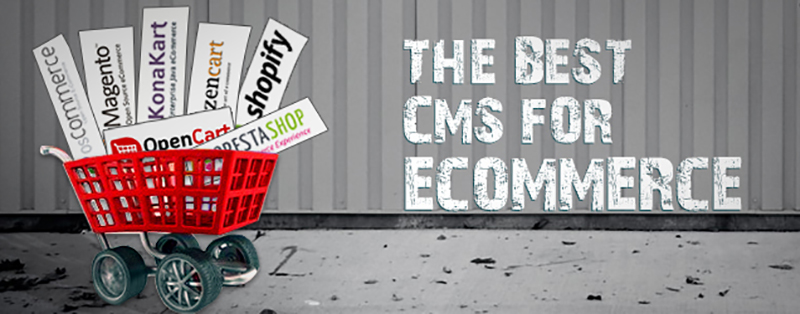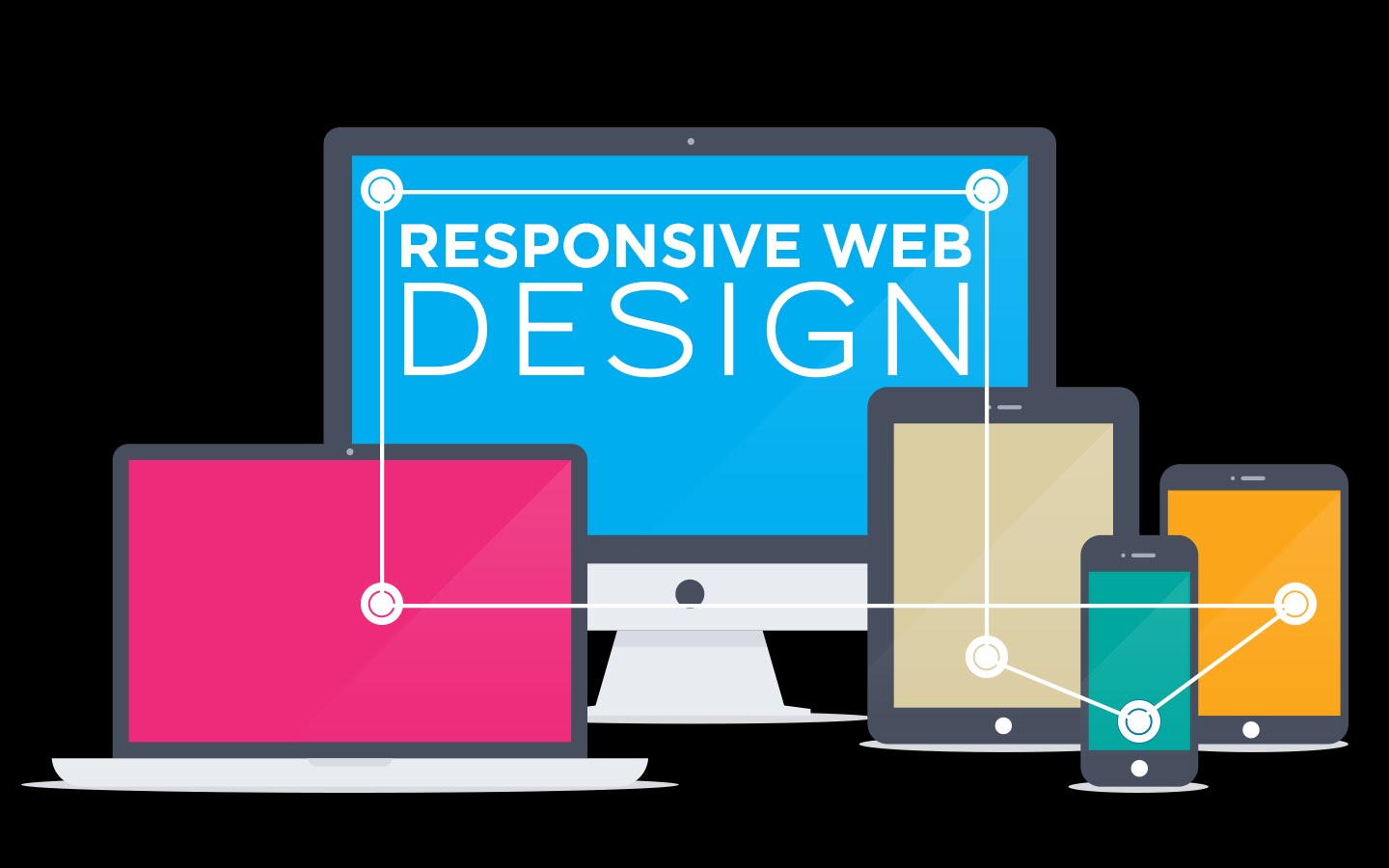Physical Address
304 North Cardinal St.
Dorchester Center, MA 02124
Physical Address
304 North Cardinal St.
Dorchester Center, MA 02124

Ecommerce market is booming like never before. And the fashion e-commerce domain is getting the maximum attention of all retail segment. This is because of the reason that consumers buy clothes, accessories, and footwears online more often than any other products. It is found in a research that the online sales of clothes and accessories are growing 20 percent every year. In 2016, the fashion ecommerce worth $73 billion online purchase in America alone. This number is expected to grow further with the interest of more buyers in online shopping.
Thanks to the advanced technologies and devices like mobile app and tablets that are fueling the growth of fashion ecommerce. With mobile apps and tablets, people can shop anywhere anytime on the go. They even have the luxury to shop from the comfort of their own homes. Well, online shopping remove the hassle of tedious shopping experience of malls and stores.
Eyeing the growing popularity of fashion e-commerce, most of the apparel brands are foraying into ecommerce. Having said that, if you also run a small or a mid-level apparel brand and wants to foray into the ecommerce domain, then plan your steps beforehand to avoid any glitch later. This article will provide you some great tips to set up a fashion ecommerce site. Read on to know more!

The first thing you should consider while planning for your website is the platform. Choosing the right platform for your website is significant because it decides the aesthetic and user interface of the website. But most of the time things get worst due to budget constraint and lack of technical expertise.
Fortunately, nowadays we have some of the best tools available in the market. These tools solve most of the problems associated with website setup. And the good news is that they are available at affordable rates. To name a few are Shopify, SquareSpace, and Tictail. These platforms provide unique and plug-and-play options for the companies looking to expand in the ecommerce domain.
These platforms have simplified the process to set up an ecommerce website and need very little technical expertise to use. However, these are templated platforms and cannot be customized. You can use these platforms by paying nominal monthly charges. Additionally, there are also open source platforms available online which are more flexible. One such platform is Magento. The only drawback of this open source is that it needs technical expertise to run and maintain an ecommerce website. Basically, these platforms are best for the companies that have a profit annual profit margin of $1 million.
But for a businesses which have a profit margin of more than $1 million, you can go for technically advanced platforms like Demandware, Venda and Sellect. These are the more flexible platforms which provide customization option like easy management and drag-and-drop merchandising tools.

Content management system (CMS) and Customer Relationship Management are an integral part of an ecommerce platform. Content management system helps to maintain the content that goes in and out of the website. And customer relationship management allows to effortlessly manage and organize customer’s data. CRM is the best tools to collect customer’s data and improve your customer relationship. This further helps you to grow your business as a strong ecommerce company. So, it is important that you and your team must have the expertise to manage CRM and CMS seamlessly.

When planning for an ecommerce site, website design is the most important thing that must consider. You can choose a simple platform to design your website. But make ensure that you have a professional and experienced web designer to build and maintain a compelling website.
The website design is the mirror image of the type of service or product you offer. So, you can’t go wrong with the design. Make sure the design is simple yet eye-catching with easy navigations. Include impressive photographs of the products. You can also opt for zoom and 360-degree views of the images to impress the viewers.
Another thing that you must consider while designing a website is the responsive design. It means that your website is compatible with a number of devices. Responsive design ensures that the site instantly identify the user’s device and adjust itself to display in the size and forms of the user’s device.
Responsive design is very essential for a website as nowadays browsing is not limited to desktop or laptop. People now use tablets and mobile phones frequently to browse websites than laptops or desktops.

In a retail business, inventory management is a crucial facet. You must manage all the items or products that you display in your website. If the product is not available when a customer tries to buy it then it may irk the customer and he/she will never return to your website. Also, the products that are displayed on the homepage are expected to get more orders. Ensure you have enough inventory of the products featured in the homepage.
Therefore, it is recommended to have a prior plan for inventory management before your website goes live. An ecommerce site can easily manage its inventory and can have liquidation channel, be it unsold products, extra inventory, or excess sample products. But you should manage your liquidation channel in such a way that it doesn’t affect your sales and overall profit.

Ecommerce is a competitive market, whether it is apparel, retail, or electronics. There are so many ecommerce websites they may sell the same product in lesser price or may offer better discounts and offers than yours. And buyers research online before buying anything from ecommerce website.
So, you must offer coupons, discounts and goodies with the products frequently to attract more buyers and retain your loyal customers. Moreover, you must employ better marketing strategies to attract more traffic to your website. Some of the best marketing strategies for an ecommerce website are SEO (Search Engine Optimization), SEM (Search Engine Marketing), social media, and email marketing.